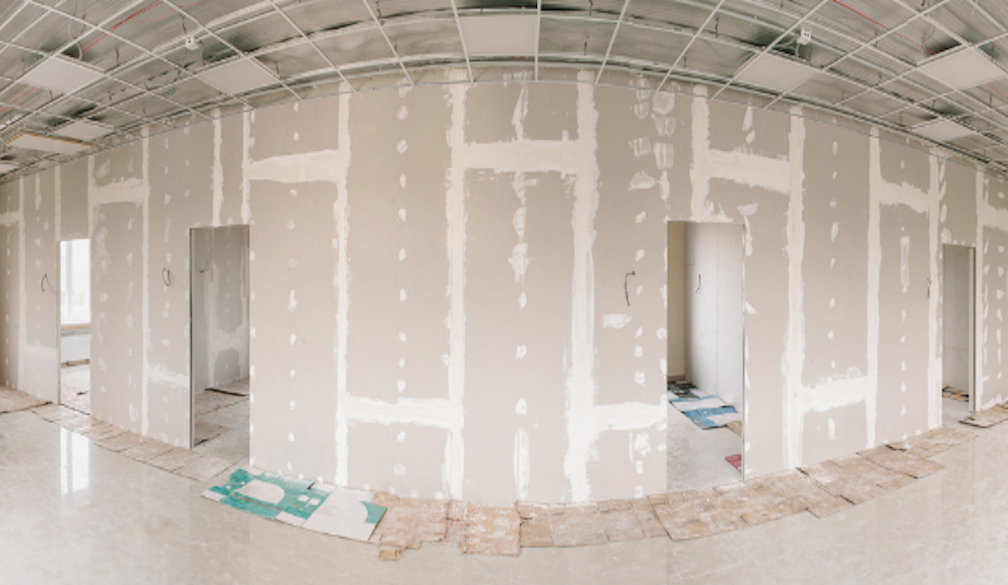How To Select The Best Plastering Solutions For Commercial And Residential Houses

Whether you're looking for renovation ideas or completing a project from scratch, it's important to select the surface of the walls. One of the most popular options in Australia for interior and exterior walls is plaster. There are different types of plaster, and you may apply it in different projects, including residential houses and commercial buildings.
However, it's important to understand what type to select, given the sort of project. Additionally, you must consider quality plaster services, like PlasterX.Melbourne, as plastering requires skills and experience. This article explains more about this topic, including the pros and cons of the solution so that you can decide which one to choose, based on your special requirements.
Understanding Plastering
Plastering covers walls and ceilings with a layer of plaster. The plaster mix consists of materials like lime, gypsum, or cement, combined with sand and water. The worker applies the mixture to the surface using tools like trowels. Depending on the tool, this worker can create a smooth surface or a textured finish, like stucco. A smooth finish can then be painted or used as a surface for wallpaper.
Plaster works well for residential and commercial buildings. It adds strength to walls and improves their appearance. It works for new constructions, renovations, and even repairs. Plastering can cover cracks, holes, or imperfections, which makes it useful for restoration projects. Moreover, it's used for exterior and interior walls.
Types Of Plaster
There are several types of plaster that you can use in Australia:
- Gypsum plaster. As the name hints, it's made of gypsum powder and water. It dries quickly and guarantees a smooth surface. It's ideal for indoor walls and ceilings, plus you can use it for homes and commercial properties.
- Cement plaster. It's usually a mix of cement, sand, and water, and it creates a strong surface that'll last for years. It works well for exterior walls because it resists weather conditions. It also suits outdoor areas that require extra protection.
- Lime plaster. This is the type that was used historically, so it may be perfect for older houses or renovations. It's composed of lime, sand, and water, and the best part is that it prevents moisture buildup, which is important for areas with high humidity.
- Clay plaster. Manufacturers combine clay, sand, and straw, so it's one of the most eco-friendly options. Clay plaster guarantees a a more natural appearance and works well in homes where environmental sustainability is a priority. It's best for interiors and decorative finishes.
As you see, it's important to select the right type of material, based on the specific area. That way, the surface will last longer.
Pros And Cons Of Plaster
Any option has certain advantages and disadvantages. These are the pros of plastering:
- It creates a hard and solid surface. It lasts longer than drywall when applied correctly.
- Plaster absorbs sound better, which helps in reducing noise in a building.
- The material resists fire better than other options, which makes it safer in homes and commercial spaces.
- It provides several solutions when it comes to textures and finishes, which guarantees more design choices for walls.
However, that's where the benefits end. You have to also consider a few drawbacks of this technique:
- It usually costs more compared to drywall because of more labour, required skill, and materials.
- It's longer to apply, so might not be beneficial if your project has a strict deadline.
- Cracks in plaster walls are harder to repair than those in drywall. It often requires a professional to fix damage.
Plaster has benefits and drawbacks that depend on the needs of a project. Thus, consider them for best results. For example, if time isn’t an issue, plastering may be ideal, especially if you’re fond of eco-friendly options, like clay. However, it may not be ideal for residential buildings, where spending less time and money is a priority.

